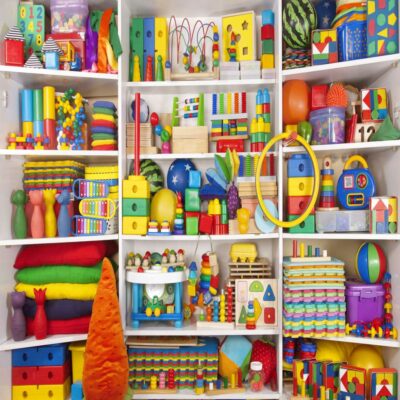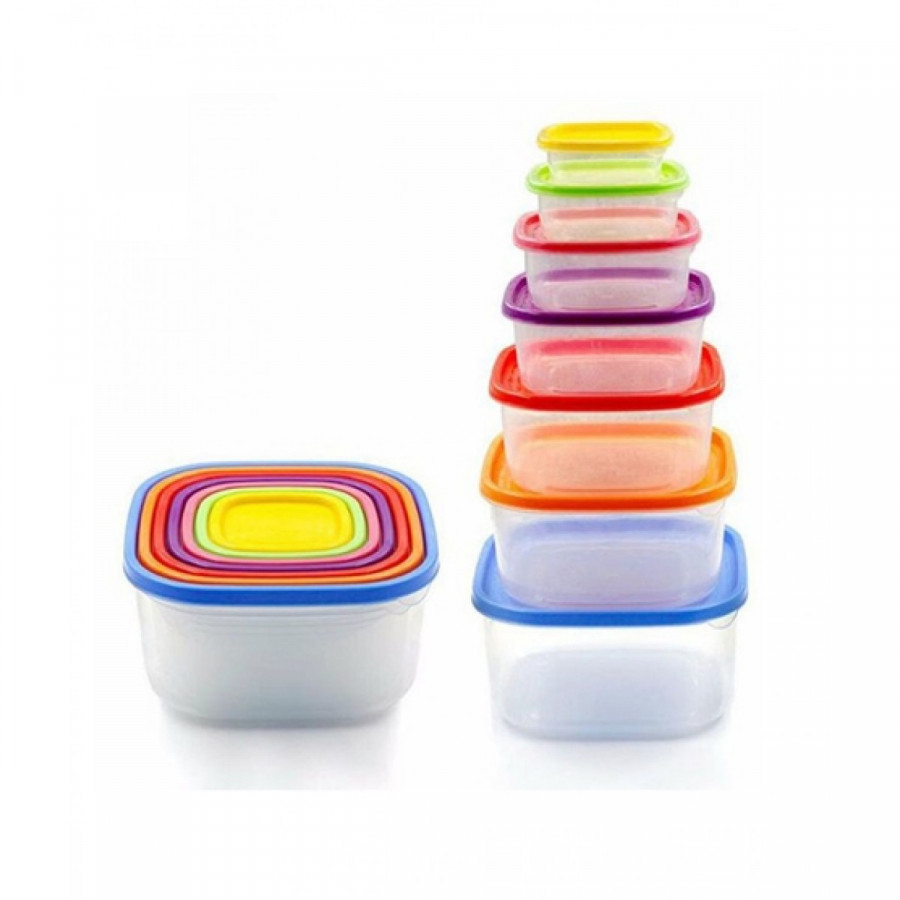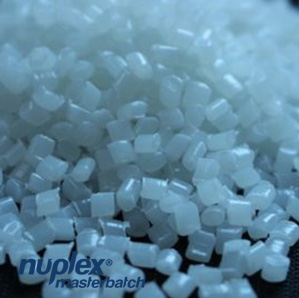NEWS
How to effectively apply colorants in your plastic injection moulding?
Colorants are one of the most optimal methods to upgrade and strengthen your products’ competitiveness. Since there are various types of colorants regarding forms and price, it’s now easier than ever for manufacturers to equip themselves with a suitable coloring method. However simple it might seem, effectively applying colorants in injection moulding requires a high level of attention rather than just adding one more component as they may negatively affect end-products in case of incorrect use.
1. Common problems when adding colorants in plastic injection moulding
The impact of colorants on injection molded plastic items is complex. Depending on several variations, they can affect end-products in different ways. Here are top common problems encountered by injection moulding manufacturers during the colorant incorporating process.
Physical properties deterioration
Very often, adding colorants into plastic injection moulded items can weaken mechanical properties of end-products. This is mainly caused by the incompatibility between the colorants and original resin since most polymers are unlikely to mix well with other polymers, which leads to the degradation of the original properties, like impact resistance.

Discoloration
Discoloration (also known as color streaking) in injection molding occurs when a molded part is in a different color than intended. This part defect can arise from several sources, such as overheating, contamination, or manufacturing error.
In case discoloration arising from injection molding machines, the simplest cause can be the contamination of equipment which hasn’t been properly cleaned, resulting in dust-contaminated resin.
Meanwhile, discoloration arising from the mold has to do with temperature regulation. If a mold is hot, it compacts the plastic molecules before they solidify. This causes the part to be denser, resulting in a darker color in some areas. Whereas, if there is excessive cooling in one area, the material can become lighter in color.

Sometimes, discoloration can be a result of the raw materials. Mixing different grades of the same material or different flow values of the same material is the main cause of this problem. Other sources may include:
- Contamination: If the resin is contaminated, whether from dust or dirt regrind – the plastic will undergo discoloration according to the type of contaminant.
- Moisture: Excessive moisture or organic compounds can not only cause discoloration, but also result in pockets of air and plastic’s mechanical degradation.
- Plastic additives: The interaction between polymer and colorant can also be affected by other additives which are added during the injection moulding process.
Different shades of colors under the same processing conditions
This is often caused by the injection molding machine. Different injection molding machines have different mechanical conditions due to different manufacturing, use time or maintenance conditions, especially the distinction in the degree of close contact between the heating element and the barrel, which makes the dispersion state of the color masterbatch in the barrel different.
Poor dispersion
The performance of the colorant is directly related to the color quality of the molded part. If the dispersibility, thermal stability and particle morphology of the colorant can’t meet the process requirements, it will be impossible to be well-dispersed on the product’s surface.
2. Considered factors to effectively apply colorants in plastic injection moulding
So the question is, how to prevent these problems and effectively apply colorants in your injection moulding products? Here are some key factors that manufacturers need to consider for better use of colorants.
Chemical compatibility
The first item to be considered is the compatibility between the chemistry of the polymer and the chemistry of the colorant. As mentioned above, most polymers tend to conflict with the others due to the difference in their chemistry. Hence, the use of incompatible colorants can break down the chemistry of the polymer and weaken its original properties, like impact-resistance.

Processing temperature
The next step to effectively apply colorants in the injection moulding is to ensure your colorants have a good thermal stability. As injection moulding is a high-thermal manufacturing process, it is a prerequisite for a colorant to be capable of tolerating the high temperature at which the polymer formulation is going to be processed. In fact, the high heat used in injection molding can also influence the degree to which the colorant affects the polymer. And most surprisingly, a certain colorant may affect one polymer differently than it does another based on temperature, despite being chemically compatible.

The amount of colorants added
In order to effectively apply colorants in injection moulding, a useful tip is to well control the amount of incorporated colorants. Normally, it is totally harmless to add 1-2% of a colorant to the resin, as long as the compatibility issues mentioned above don’t come into play. However, in some specific cases, there is a certain limit on how much colorants should be added without negatively affecting the original resin. Any amounts of the colorant above that level should be generally avoided to guarantee that there is no loss in the properties of the base polymer.

Types of additives
Despite being used with a very tiny amount, additives have a great impact on the interaction between a polymer and a colorant. For example, a polycarbonate, which is normally unaffected by a colorant, may have a different reaction to it when a flame retardant is added. Hence, it is worth considering carefully in order to effectively apply colorants in your plastic products.

Coloring methods
There are several methods of coloring plastics, including color masterbatch, compounding, surface coating and dry blending. They each have their advantages and disadvantages and vary in cost, color consistency and other factors. The coloring method used can influence the mechanical properties of the plastic. For example, in the masterbatch method, pellets of natural color are blended with a “masterbatch” of pellets with a high pigment content. Since most polymers do not tend to mix well with other polymers, care must be taken to ensure material compatibility, or the blend can cause problems.
To achieve the best result, manufacturers need to choose the most appropriate coloring method, which fits your requirements both in terms of economy and efficiency.


 Tiếng Việt
Tiếng Việt

